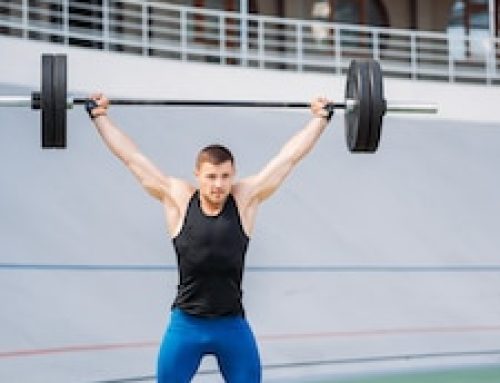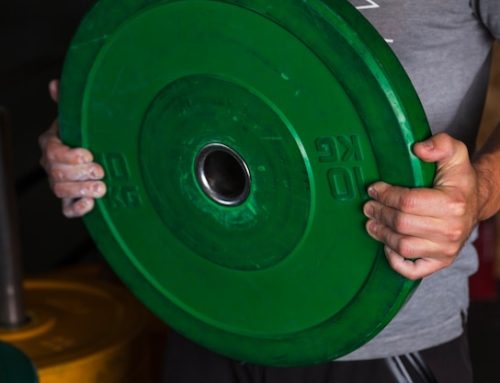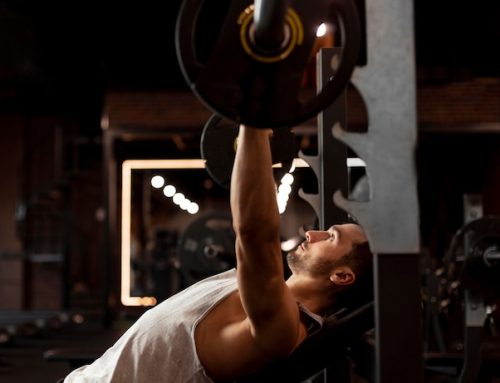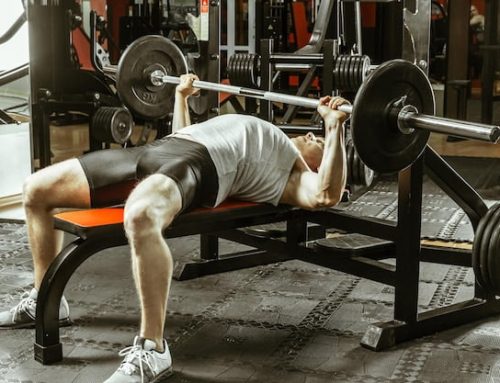The Debate: Is it Better to Lift Slower or Faster?
Weightlifting has been a part of various fitness routines for years, and with good reason. It helps build and maintain muscle mass, increase strength and endurance, and promote overall health and well-being. However, there is a long-standing debate about lifting speed when it comes to getting the most out of your weightlifting routine. Is it better to lift slower or faster? Let’s explore this question further.
Advantages of Lifting Slower
One school of thought suggests that lifting slower is more effective for building muscle and increasing strength. This is because lifting slower requires your muscles to work harder, leading to more muscle fatigue and stimulation. This, in turn, can lead to more muscle growth and development. Additionally, lifting slower can help improve your form and technique, reducing the risk of injuries.
Research studies have shown that lifting slower results in greater muscle activation, especially in the legs and back muscles. For example, a study published in the Journal of Strength and Conditioning Research found that lifting at a tempo of 3 seconds up and 3 seconds down resulted in greater muscle activation than lifting at a tempo of 1 second up and 1 second down.
Advantages of Lifting Faster
On the other hand, some fitness experts argue that lifting faster is more effective for building muscle and increasing strength. This is because lifting faster recruits more muscle fibers, leading to more muscle growth and development. Additionally, lifting faster can help improve your explosiveness and power, making you better at other athletic activities such as sprinting, jumping, and throwing.
Research studies have shown that lifting faster results in greater power output and force production, especially in the upper body muscles. For example, a study published in the Journal of Strength and Conditioning Research found that lifting at a tempo of 1 second up and 1 second down resulted in greater power output than lifting at a tempo of 3 seconds up and 3 seconds down.
Which is Better?
So, which is better – lifting slower or faster? The honest answer is that it depends on your fitness goals and preferences. If your goal is to build muscle size and improve your form and technique, lifting slower may be more effective for you. On the other hand, if your goal is to build muscle strength and power, lifting faster may be more effective for you.
It’s worth noting that you don’t necessarily have to choose one over the other. Incorporating both slow and fast lifting tempos into your weightlifting routine can be a great way to get the best of both worlds. For example, you can perform slow, controlled reps for the first set of an exercise and then switch to fast, explosive reps for the second set.
Factors to Consider
Apart from your fitness goals and preferences, there are other factors to consider when determining your lifting tempo. These include your fitness level, the type of exercise, and the weight you’re lifting. For example, if you’re a beginner, it’s recommended that you perform slower lifts until you master proper form and technique. If you’re performing an exercise that requires a lot of stabilizing muscles, such as squats or deadlifts, slower lifts may be more effective at engaging those muscles.
Additionally, the weight you’re lifting can also affect your lifting tempo. If you’re lifting a heavy weight, it’s recommended that you lift slower to avoid injury and maintain proper form. If you’re lifting a lighter weight, you can lift faster to recruit more muscle fibers.
Conclusion
In conclusion, the debate about lifting slower or faster can be boiled down to personal preference and fitness goals. Both lifting tempos have their advantages and disadvantages, and the best approach may be to incorporate both into your weightlifting routine. By doing so, you can enjoy the benefits of both and tailor your lifting tempo to your specific needs. Remember to always prioritize safety and proper form when lifting weights, no matter the tempo.






